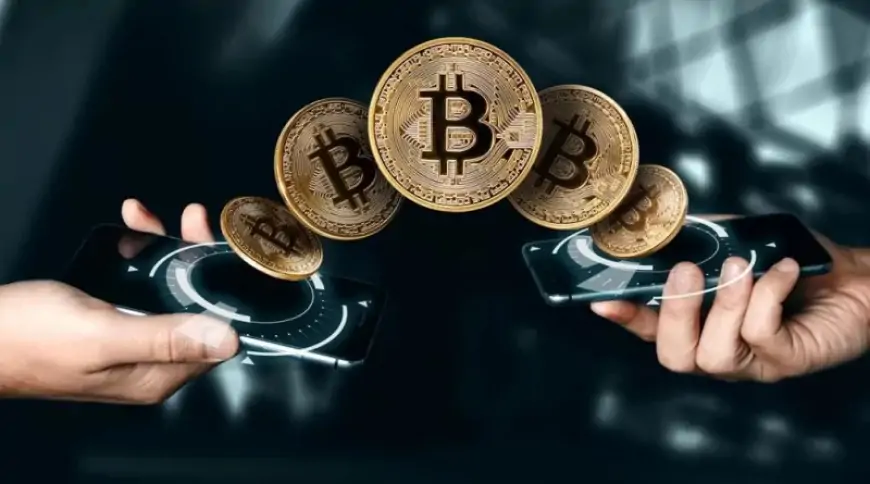How to buy crypto? What investors should know
Learn how to buy crypto with step-by-step guides, considerations for choosing platforms, wallet security, and essential factors to know.

In 2009, when Satoshi Nakamoto created Bitcoin's initial "Genesis" block, buying cryptocurrencies was complex. Today, it's simpler. Whether you're a newcomer or a business eyeing Bitcoin's potential, this guide provides an overview of buying crypto in 2024.
Selecting a platform for purchasing cryptocurrency
Initially, you must choose a platform for purchasing cryptocurrencies. Here are different types of platforms to consider:
- Centralized exchanges (CEXs): These are user-friendly platforms supporting various regions and currencies, ideal for beginners but may have higher fees and custodial risks. Notable examples are Coinbase, Kraken, Crypto.com, and Binance.
- Decentralized exchanges (DEXs): These offer enhanced security and privacy by allowing users to control their funds. Popular options include Uniswap, dYdX, and PancakeSwap.
- Peer-to-peer (P2P) platforms: These connect buyers and sellers directly, providing a private buying experience but may involve risks of scams.
- Non-custodial payment platforms: These platforms enable users to buy/sell crypto with lower fees than CEXs while retaining self-custody of funds, functioning as payment processors like Swapin.
Selecting and configuring a cryptocurrency wallet
After picking a platform, the next step is to choose a secure wallet for storing your purchased cryptocurrencies. Here's what you should consider:
- Different wallet types: Explore various wallet types like custodial, non-custodial, hot, and cold wallets, considering their advantages and disadvantages based on your requirements.
- Security measures: Regardless of your crypto acquisition method, prioritize security by learning about best practices such as protecting private keys, keeping seed phrases offline, using 2FA where available, and more.
- Wallet setup: Follow your chosen provider's guidelines to create and configure your wallet, including storing recovery phrases and private keys securely.
For detailed information on selecting a crypto wallet and popular options, refer to this resource.
Exploring non-custodial payment providers
Non-custodial platforms such as Swapin present a simplified procedure:
- Direct acquisition: Purchase cryptocurrencies directly from your bank account, transferring them straight to your preferred crypto wallet.
- Deposit-free experience: Removes the need to fund an exchange account, streamlining the buying process.
- Enhanced security: Minimizes exposure to risks associated with exchanges by allowing you to manage your own keys and funds securely.
- Reduced fees: Unlike centralized exchanges that may charge various fees like deposits, transactions, and withdrawals, non-custodial providers often adopt a fee structure with potentially lower costs.
Other key factors to consider
When purchasing cryptocurrencies, it's crucial to assess the following aspects of your chosen platform:
- Security measures: Evaluate the provider's security protocols, including their licensing, customer safety measures, and whether they offer custodial or non-custodial services.
- Fee structure: Understand the fees associated with buying, selling, or using cryptocurrencies on the platform, as these fees can significantly impact your overall expenses.
- Currency support: Confirm that the platform supports both your local fiat currency and the specific cryptocurrencies you intend to purchase.
- Geographical coverage: Ensure that the platform operates in your country and accepts your preferred payment methods.
- User experience and customer support: Opt for platforms with a user-friendly interface, especially if you're new to crypto. Additionally, access to responsive customer support can be crucial for addressing any issues or queries promptly.











































